Why the World’s Best-Selling Product Is a Banana — and What It Means for You
From Walmart’s bananas to Shopee’s checkouts — 10 fun retail facts revealing how global brands win customer trust and repeat sales.
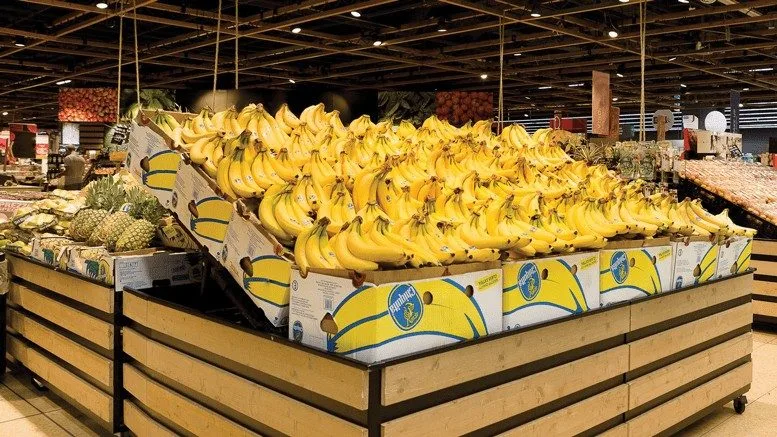
If you think the world’s top-selling product is the iPhone or Coca-Cola, think again. The real global champion isn’t a gadget, a sneaker, or even a soda — it’s bananas. 🍌
Yes, Walmart — the world’s largest retailer — sells over a billion pounds of bananas every year, and that humble yellow fruit has held the top spot for years. Bananas might seem ordinary, but they’re a perfect case study in retail psychology, pricing strategy, and operational excellence.
In this article, we’ll explore 10 surprising retail facts from around the world — from Walmart’s produce aisles to Shopee’s checkout carts — and unpack what they teach us about selling smarter, not harder.
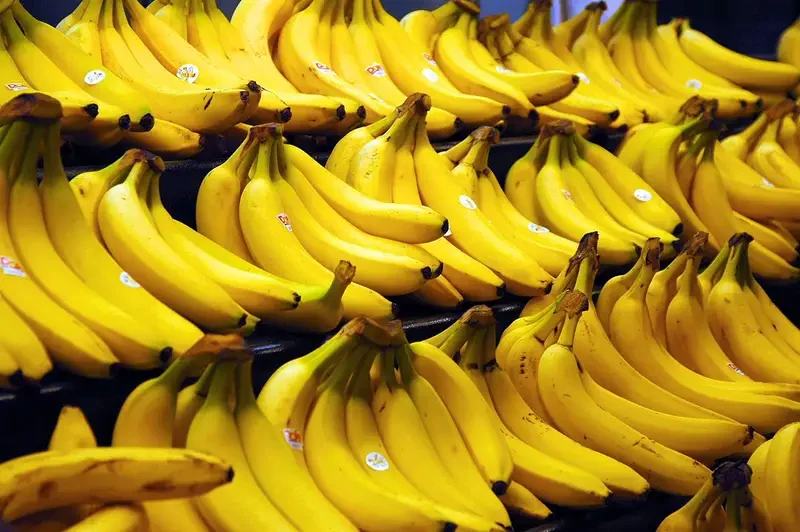
Walmart’s Bananas: The Power of Everyday Essentials
Bananas are cheap, universal, and consumed daily. They’re the perfect symbol of predictable demand. Walmart mastered this by using bananas as a driver of foot traffic and frequency, ensuring shoppers visit regularly — and often leave with more than just fruit.
It’s a masterclass in the “hero product” strategy: a low-margin item that reinforces trust and consistency while boosting overall basket size.
Lesson: Don’t overlook your simplest SKUs. Consistency sells. High-frequency items create recurring engagement and steady cash flow.
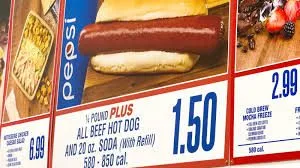
Costco’s $1.50 Hotdog Combo: The Loyalty Magnet
Costco’s legendary $1.50 hotdog-and-soda combo hasn’t changed price since 1985. When asked why, the founder famously said, “If you raise the price, I will kill you.”
That’s because the combo isn’t about profit — it’s a loss leader that makes shoppers feel good and loyal. The low price builds trust and keeps members coming back, knowing Costco stands for fairness and value.
Lesson: Loyalty often begins with symbolic pricing. Sometimes, losing a few cents per transaction wins a lifetime customer.
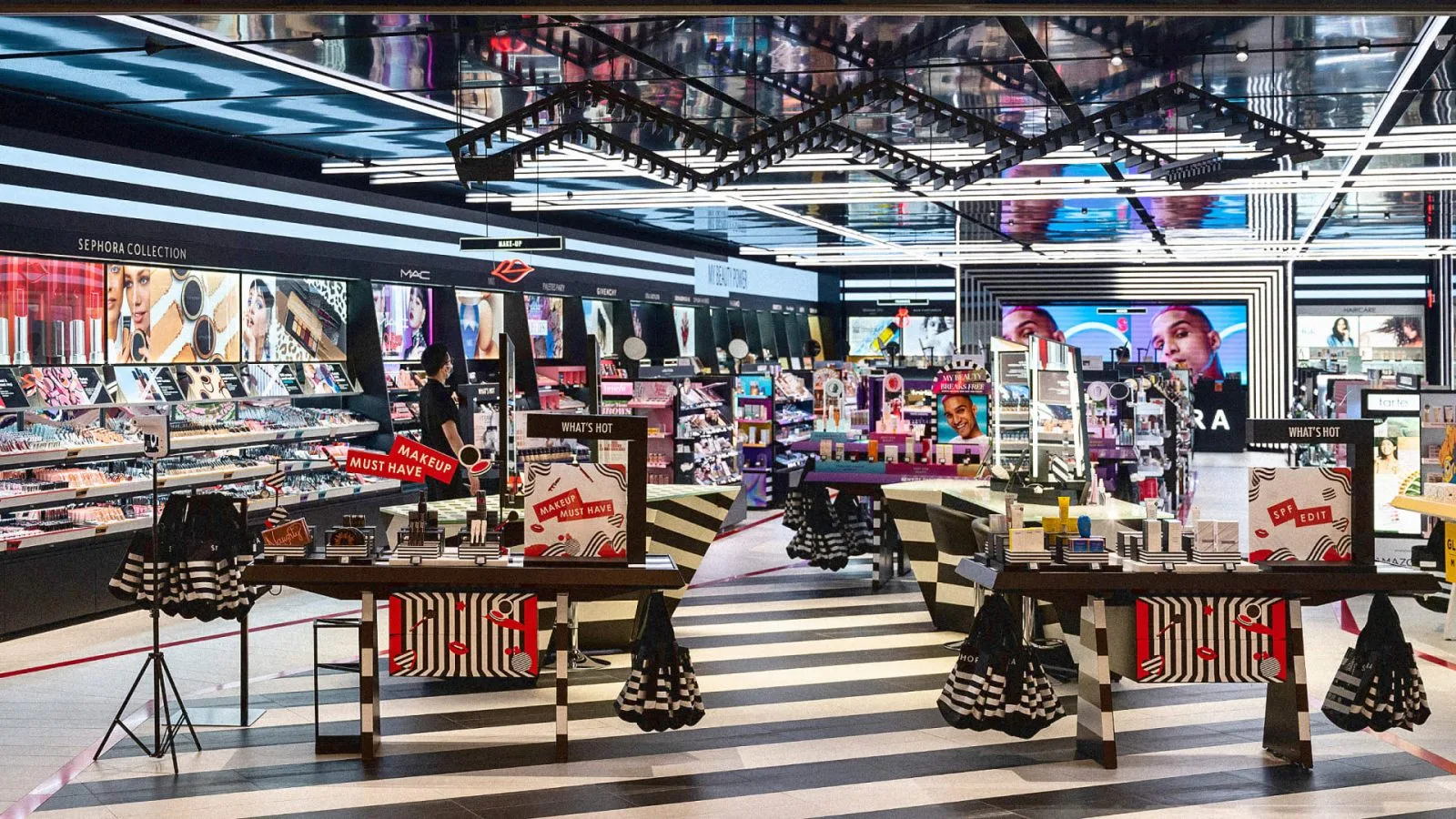
Sephora’s Digital Touch: The Beauty of Omnichannel
Sephora is a digital-first retailer disguised as a cosmetics brand. Over 80% of its online orders are influenced by digital tools like AR try-ons, virtual consultations, and personalized app suggestions. This unified ecosystem has transformed how shoppers engage with beauty.
Lesson: Customers don’t think in channels. They just want a smooth journey. Integrate your data, CRM, and promotions so your online and offline experiences feel like one brand.
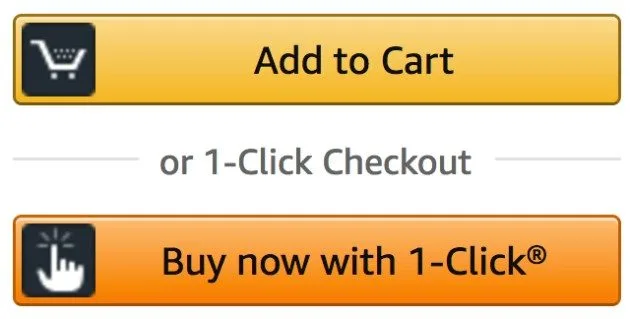
Amazon’s 1-Click Checkout: Frictionless Wins
Back in 1999, Amazon introduced its famous 1-Click Purchase, eliminating all unnecessary steps between desire and delivery. Conversions soared. The impact was so strong that even Apple licensed the patent for its own store.
Today, that same principle powers every modern eCommerce checkout — minimal clicks, fast loading, clear progress.
Lesson: Every second matters. Cut friction at every stage — especially checkout and mobile flow — to reduce abandonment.
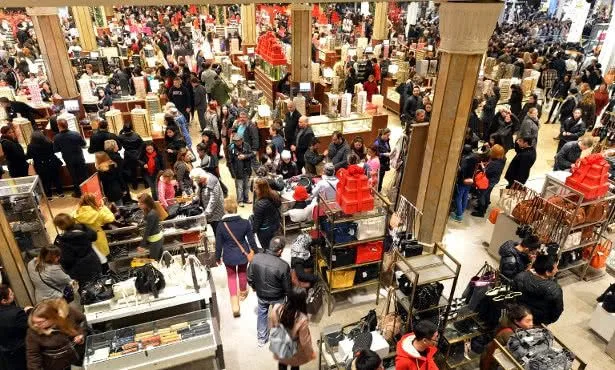
Black Friday: From Panic to Profit
Did you know the term “Black Friday” originally referred to a financial crisis in the 1800s? Retailers later reclaimed it to describe the moment they moved from loss (“in the red”) to profit (“in the black”).
Today, Black Friday is a retail holiday generating billions in 24 hours — not because of deep discounts alone, but because retailers engineered anticipation through psychology and scarcity.
Lesson: You can reframe setbacks into opportunities. Smart branding turns challenges into yearly sales events.
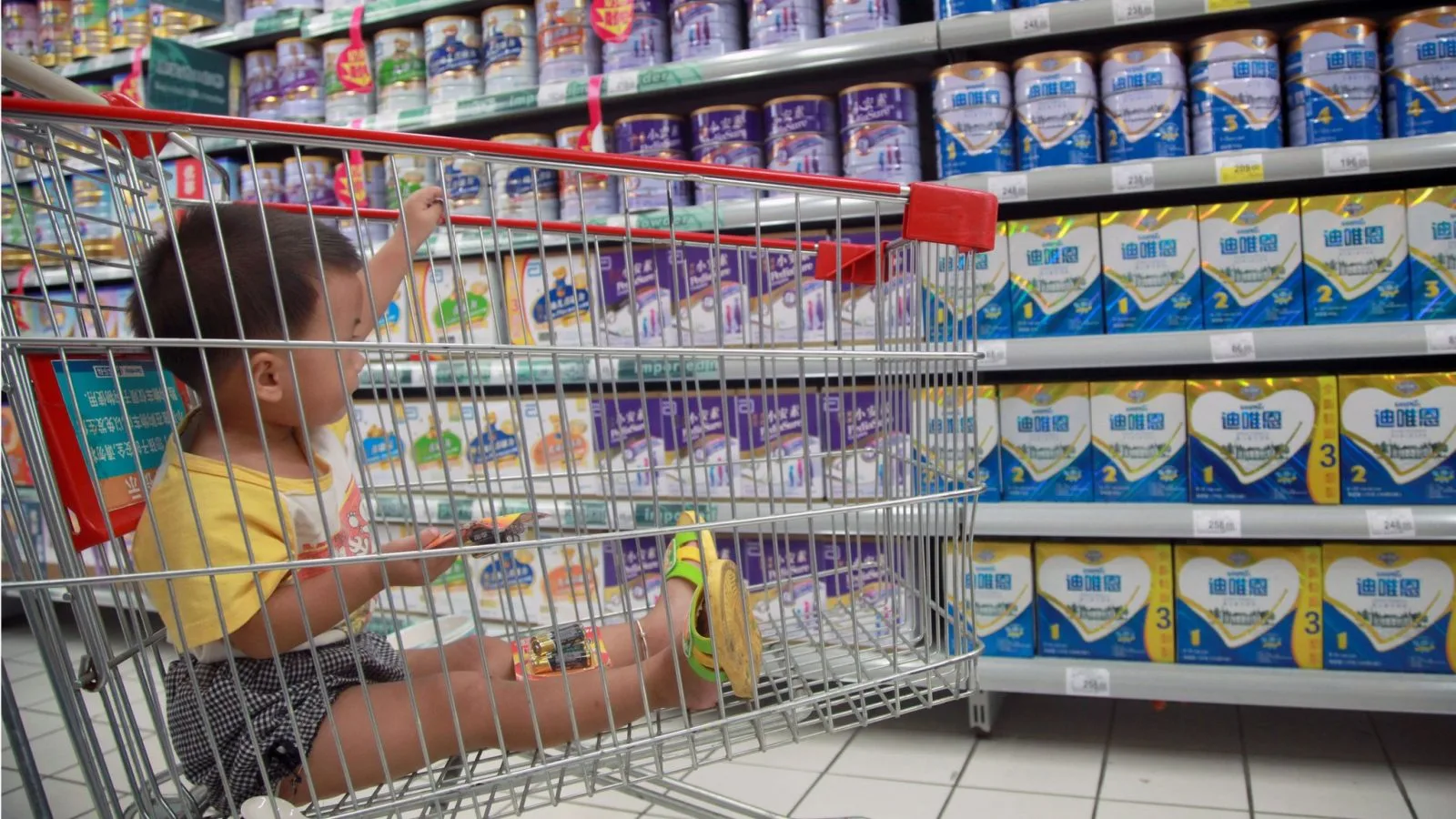
Southeast Asia’s Basket Drivers: Milk, Rice, and Baby Formula
In Malaysia, Singapore, and Indonesia, the top basket drivers aren’t electronics or luxury goods — they’re baby formula, UHT milk, and rice. These products create recurring revenue and emotional trust, because families rely on them every day.
Grocery chains like Lotus’s and AEON thrive by anchoring their stores around these staples, then cross-selling higher-margin goods nearby.
Lesson: Anchor your assortment around repeatable needs. Predictable products build predictable profits.
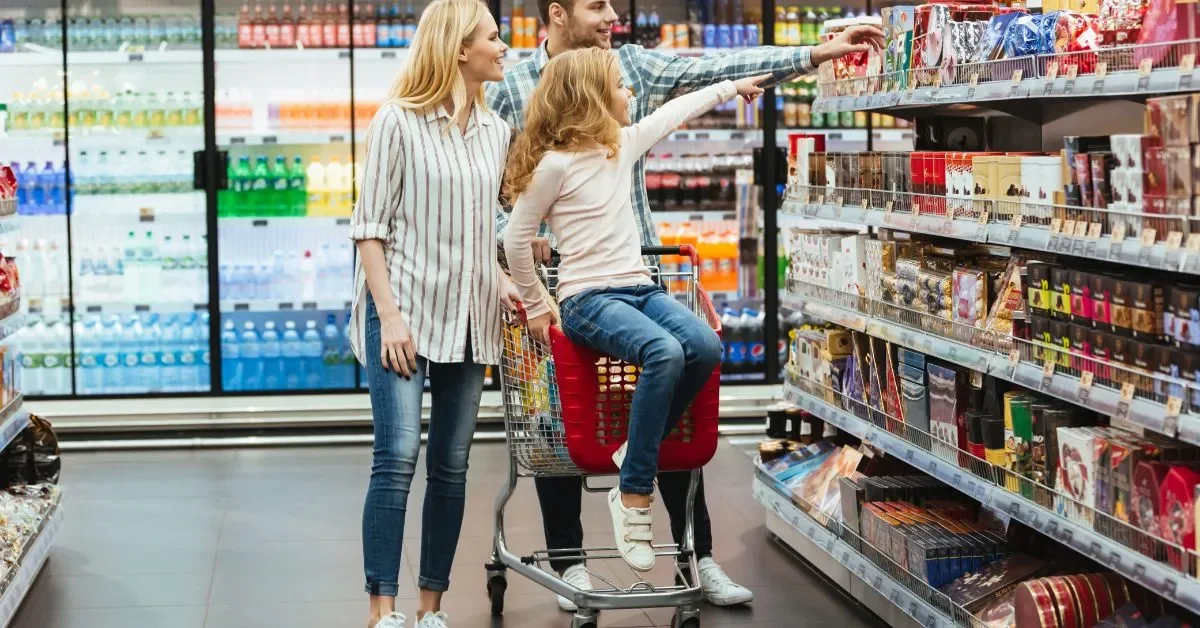
"Eye-Level Is Buy-Level": Retail Psychology Still Rules
Walk through any supermarket, and you’ll notice the most profitable SKUs are placed at eye level. That real estate sells faster than end caps or bottom shelves. Online, the same rule applies — search ranking and product placement decide conversion.
On Shopee or Lazada, products featured in the first 5 results can earn 3–5x more visibility than those buried below.
Lesson: Visibility is currency. Invest in SEO, smart ads, and listing optimization. You can’t sell what customers can’t see.
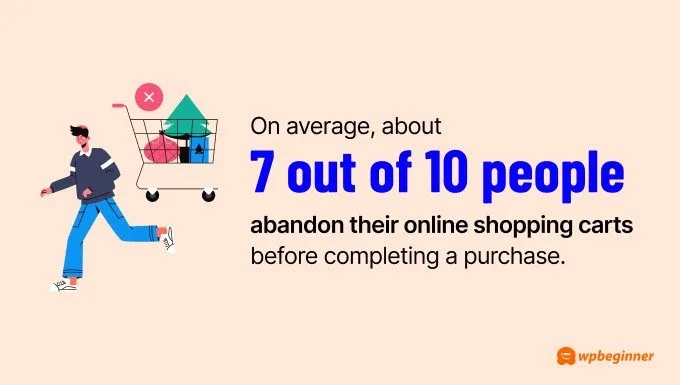
70% of Online Carts Are Abandoned
Studies show that 7 in 10 shoppers abandon their carts before completing a purchase. That’s a huge missed opportunity. Retailers using automated cart reminders, chat commerce, and real-time OMS systems recover up to 30% of these lost sales.
Lesson: Acquisition is expensive. Retention is smarter. Use technology to re-engage customers who already showed intent to buy.
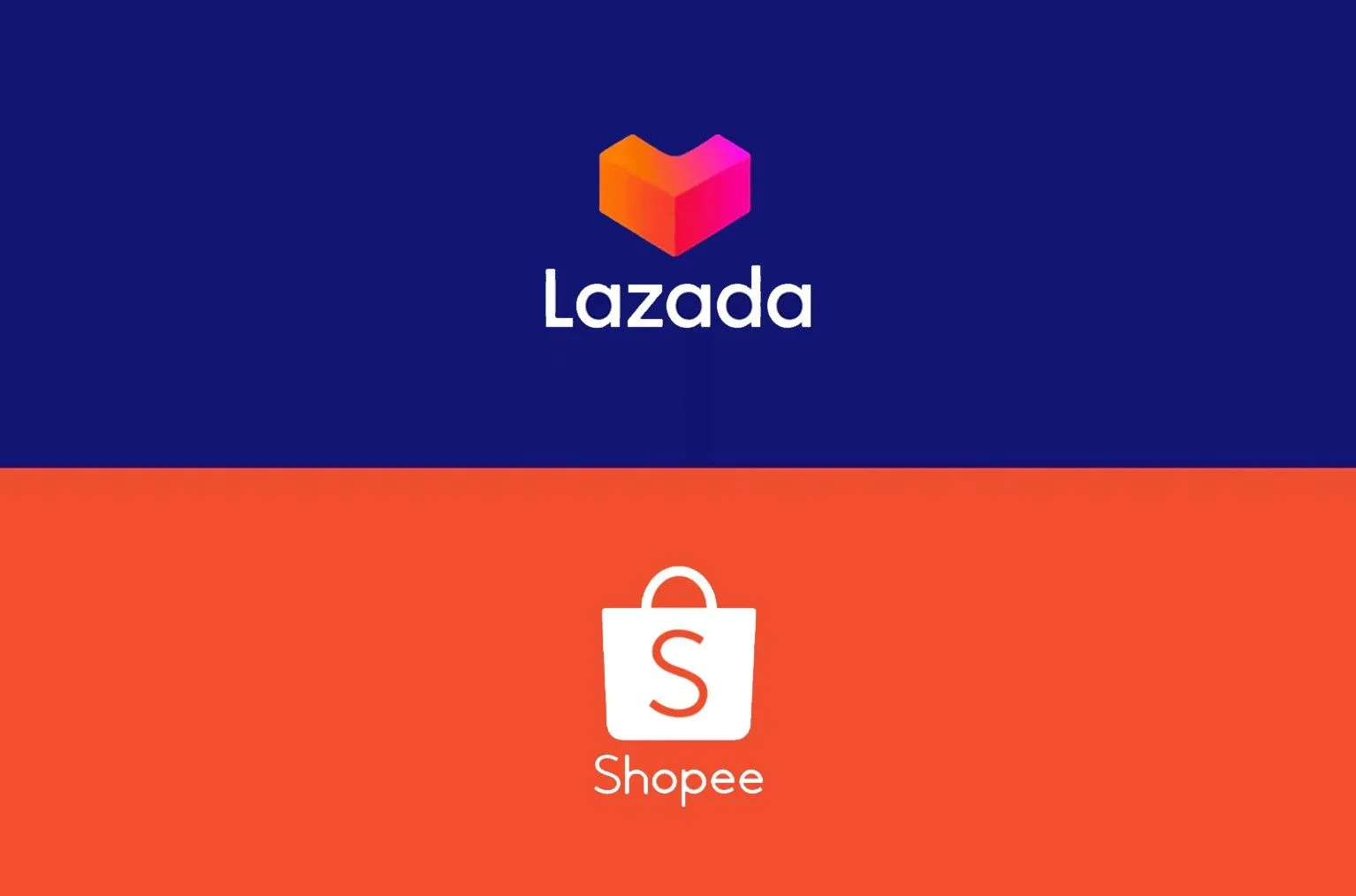
Shopee and Lazada: The New Search Engines of Asia
Once upon a time, all shopping began with Google. Today, in Southeast Asia, the first search happens on Shopee or Lazada. Consumers compare prices, reviews, and delivery options right inside the marketplace.
That shift means retailers must treat their marketplace listings like mini webstores, optimized with SEO, storytelling, and images that sell.
Lesson: Your marketplace ranking is your new homepage. Manage it like your main store.
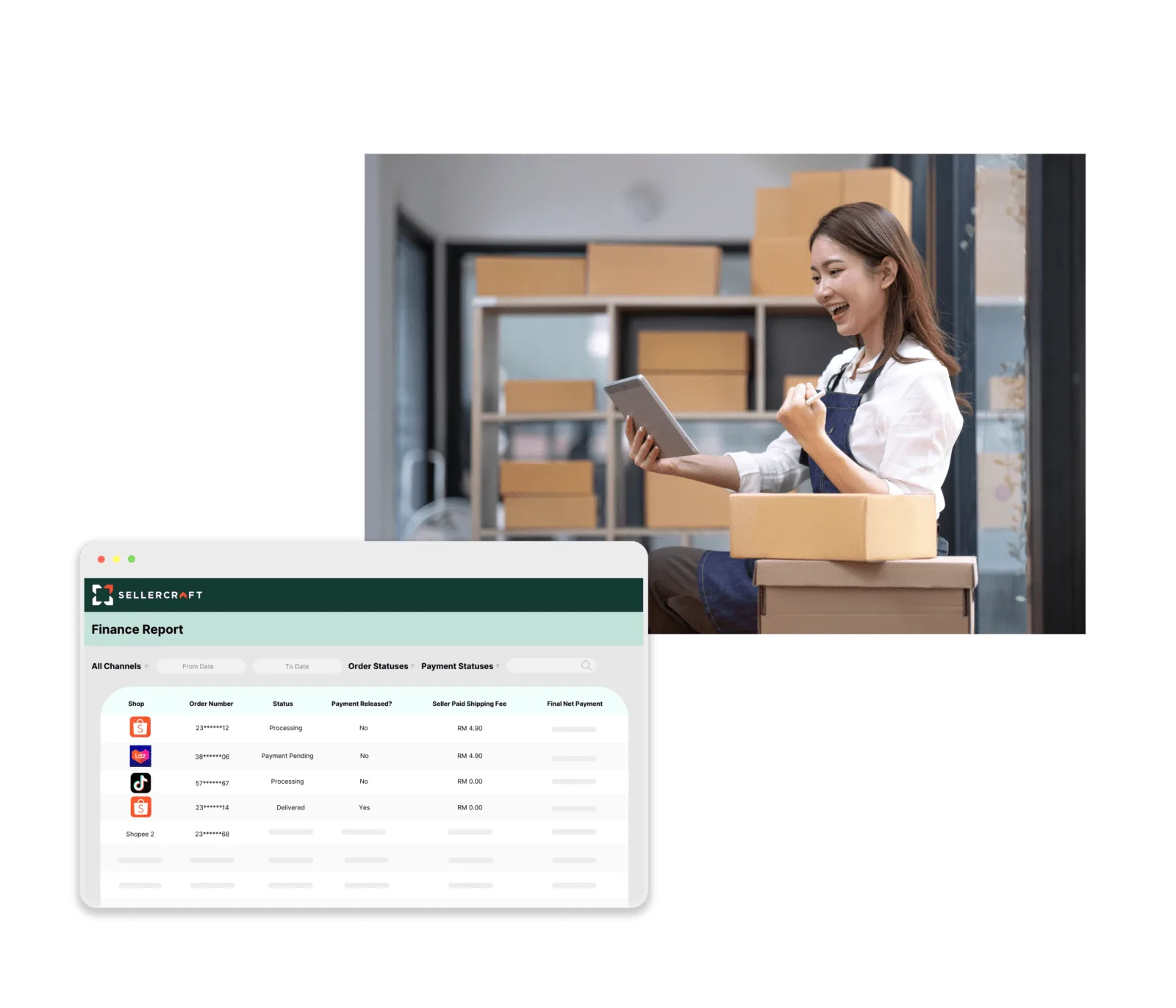
Overselling: The Silent Profit Killer
According to global retail studies, 43% of multichannel sellers experience overselling because their stock doesn’t sync fast enough between platforms. That’s not just an accounting issue — it’s a brand reputation risk.
With tools like Sellercraft OMS, sellers can unify inventory across Shopee, Lazada, TikTok Shop, and physical stores — updating in real time, preventing oversells, and improving customer satisfaction.
Lesson: Automation isn’t a luxury. It’s protection against chaos.
The Big Takeaway: Be the Banana
Bananas aren’t just fruit; they’re a symbol of consistency. Walmart doesn’t win because it sells bananas — it wins because it never runs out of them. The supply chain works, pricing is fair, and customers trust that bananas will always be there.
The same applies to retail success today. It’s not about chasing trends — it’s about nailing the fundamentals. Unified systems, consistent service, and data-driven decisions keep you relevant and resilient.
Platforms like Sellercraft OMS exist to help businesses do just that — to centralize your Shopee, Lazada, and TikTok Shop operations under one control panel, ensuring your stock, pricing, and fulfillment flow effortlessly.
Want to build your own "banana effect" in retail?
Turn your everyday products into loyalty drivers with the power of unified inventory, automation, and insight.
Talk to our team today and see how Sellercraft OMS keeps your business fresh, fast, and flawlessly synced.